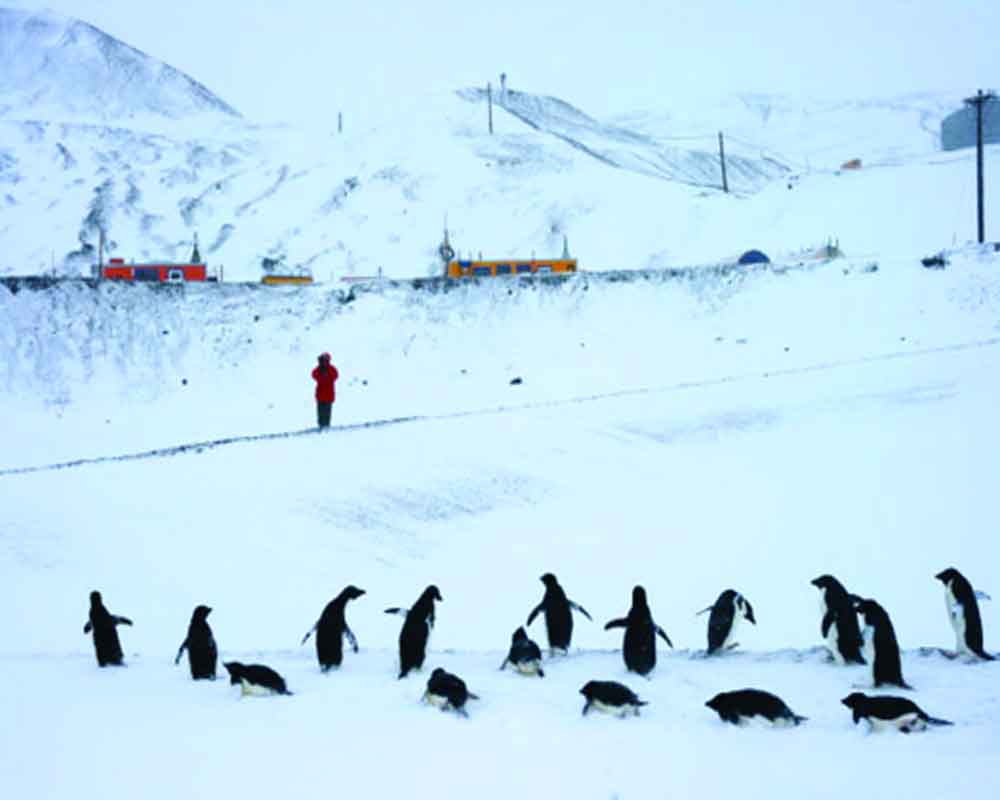Fresh snow in Antarctica contained microplastics, another grim reminder of climate playing havoc
In a sad and first-of-its-kind development, microplastics — much smaller than a grain of rice — were found late last week in freshly-fallen snow samples from 19 sites across the Ross Island region of Antarctica. The findings, published in the Cryosphere journal, revealed that an average of 29 microplastic particles per litre of melted snow were present in the snow. This figure is much higher than marine concentrations reported previously from the surrounding Ross Sea and in Antarctica sea ice. Antarctica, the southernmost continent and site of the South Pole, is a virtually uninhabited, ice-covered landmass. Just next to certain scientific bases, including the McMurdo Station which is the largest station in Antarctica, the density of microplastics was nearly three times higher than normal glacier debris. The researchers detected 13 different types of plastic — the most common being PET, commonly used to make soft drink bottles and clothing. Amazingly, and alarmingly, atmospheric modelling suggested that these microplastics may have travelled thousands of kilometres through air since their small size and relatively low density allow microplastics to become airborne and transported over large distances.
The study raises serious environmental concerns as it fuels the findings of other studies regarding microplastics as a ‘ubiquitous airborne pollutant’. Hinting at a possible climate threat in the Antarctica region, scientists said the presence of microplastics in the air has the potential to influence the climate by accelerating the melting of snow and ice. According to the study, microplastics may further affect climate by acting as cloud ice nuclei in the atmosphere and by contributing to global radiative forcing. Plastic is terribly detrimental to the environment, and microplastics are extremely minute plastic particles resulting from the disposal and breakdown of consumer products and industrial waste. However, we recklessly dump a shocking 12 million metric tonne of plastic in the oceans every year. If this plastic pollution breaks down into microplastics, it is sure to find its way into marine animals, then birds and then the whole marine food chain. It is truly sad but finding microplastics in fresh Antarctica snow highlights the extent of plastic pollution into even the most remote regions of the world. Preserving water and keeping it from pollution is of paramount importance and each one of us on the planet should realise this and control water wastage to the optimum level.


























